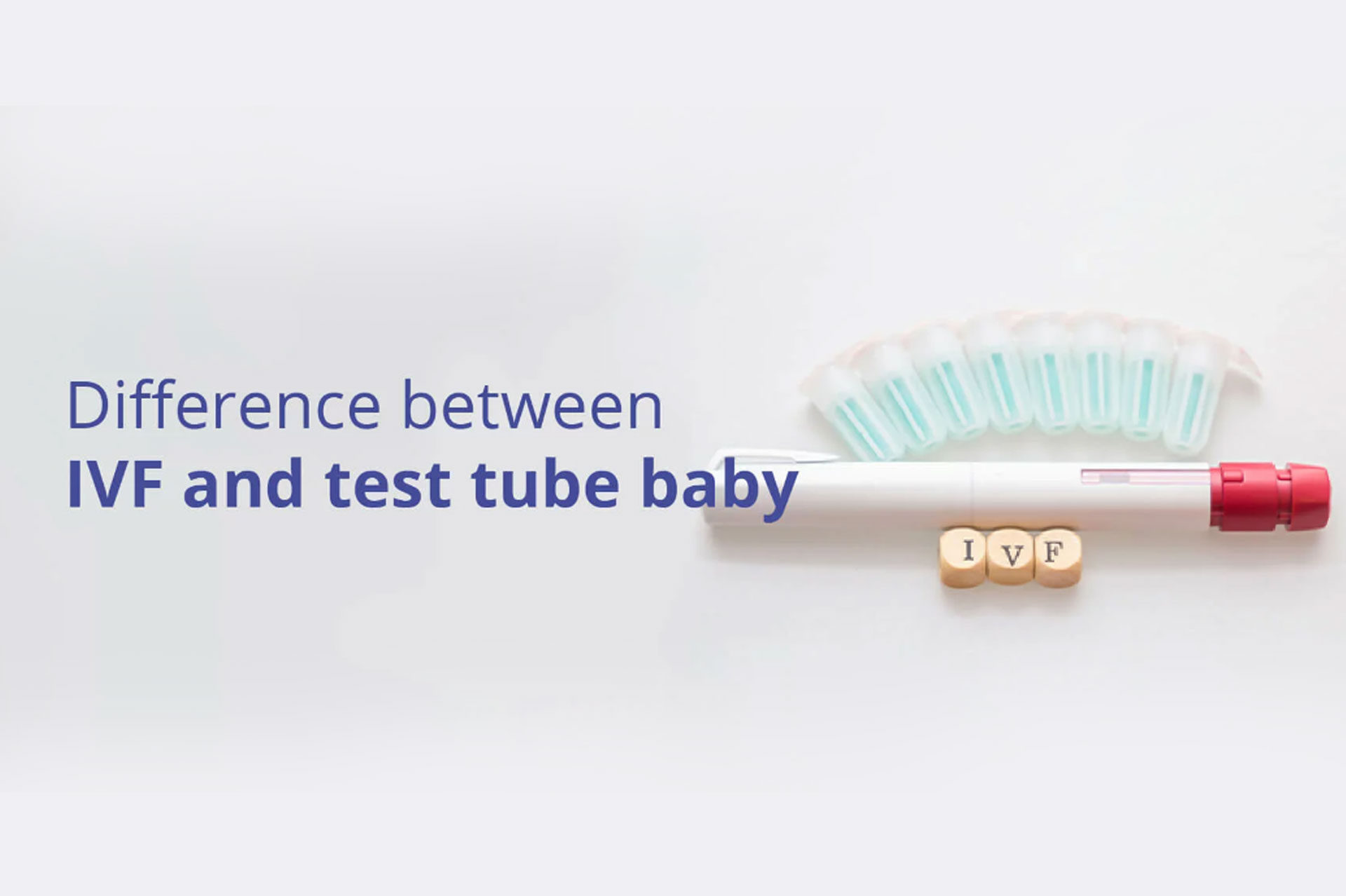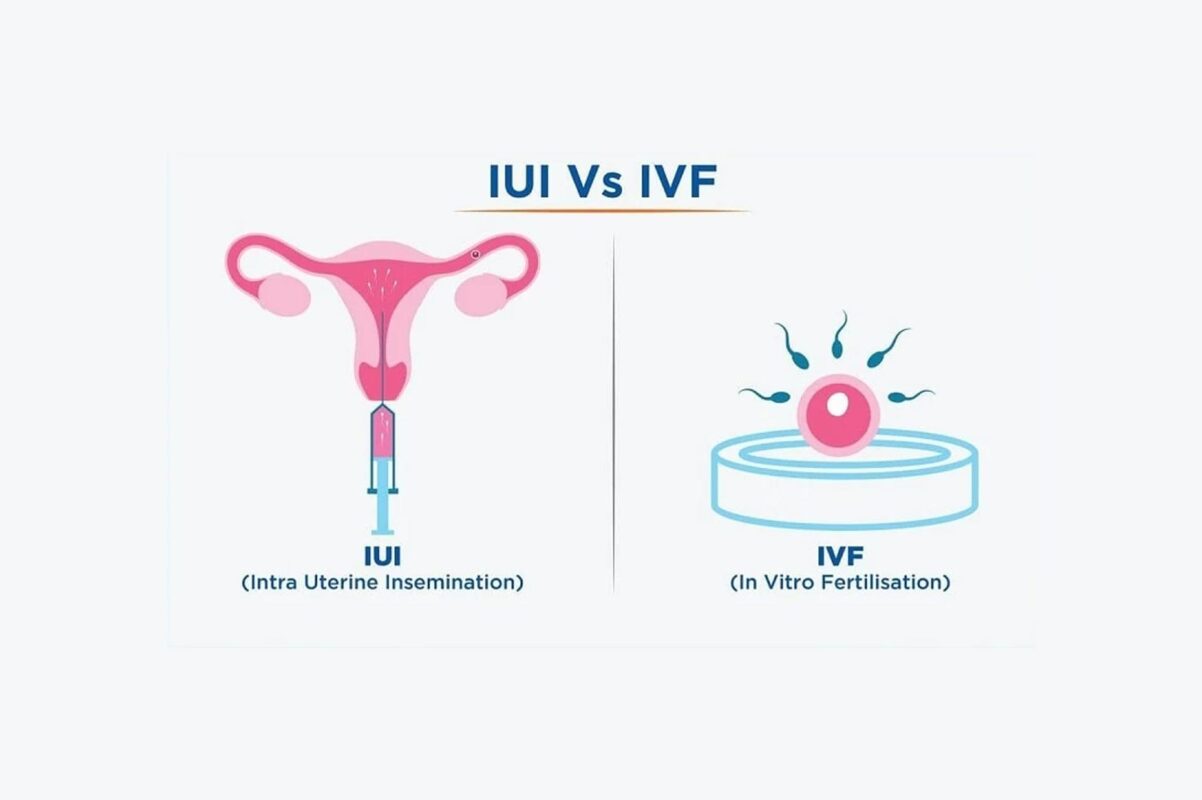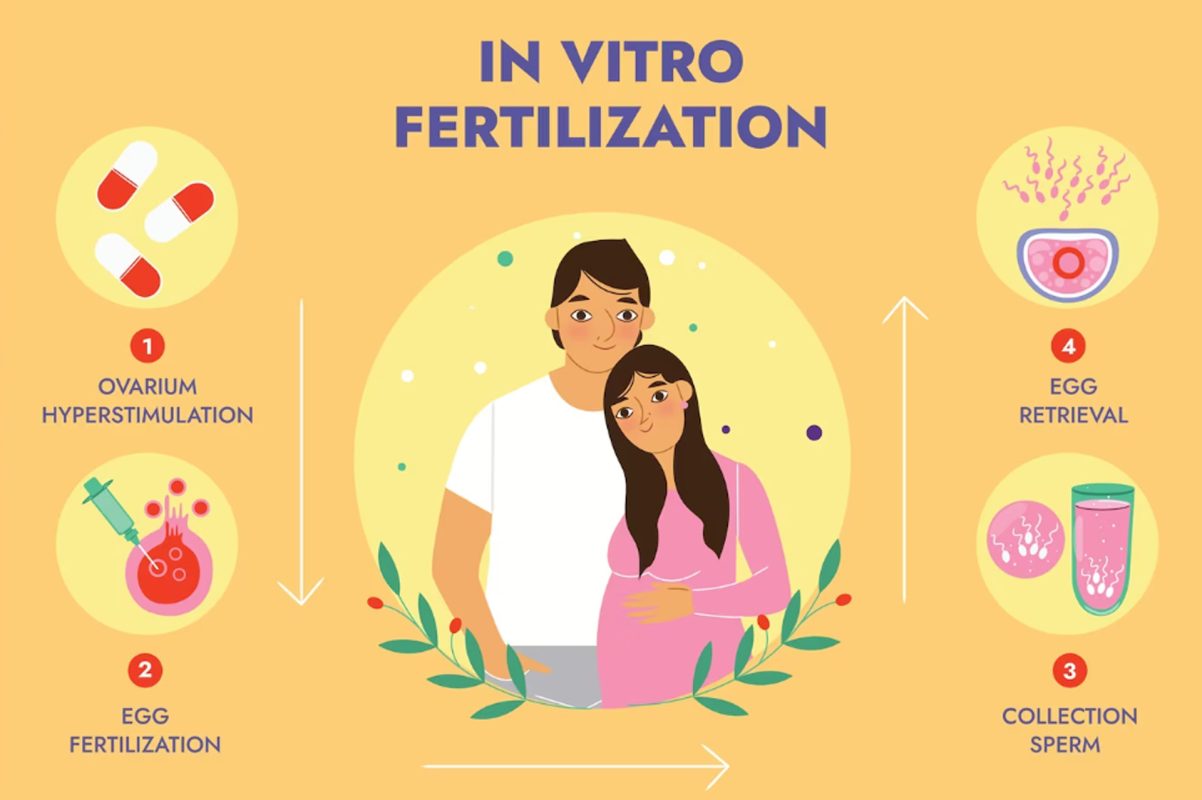What Is The Difference Between IVF & Test Tube Baby?
In vitro fertilization (IVF) and test tube baby treatment are two commonly used terms when it comes to infertility treatment. Despite the fact that they may have a similar sound, the two are very different from one another. Let’s see what IVF and test tube baby treatment are, the differences between them, and how they can help couples struggling with infertility.
What is Test Tube Baby Treatment?
Test tube baby treatment is a method of assisted reproductive technology (ART) that involves fertilizing a woman’s eggs with sperm outside the body in a laboratory. The term “test tube baby” originated from the early days of IVF when the fertilization process was carried out in a glass tube or petri dish.
The procedure involves the following steps:
Stimulation of Ovaries: The woman is given fertility drugs to stimulate the ovaries to produce multiple eggs.
Egg Retrieval: The eggs are then retrieved using a needle guided by ultrasound.
Fertilization: The eggs are mixed with sperm in a laboratory dish, and fertilization occurs.
Embryo Transfer: The embryos are then transferred back into the woman’s uterus, where they can implant and grow.
The success rates of test tube baby treatment vary depending on several factors, such as the age of the woman, the quality of the eggs and sperm, and the expertise of the fertility centre. However, it has been successful in helping many couples conceive who would otherwise be unable to do so.
What is In Vitro Fertilization (IVF)?
IVF is another form of assisted reproductive technology that involves fertilizing a woman’s eggs with sperm outside the body in a laboratory. The main difference between IVF and test tube baby treatment is that in IVF, the fertilized eggs are transferred to the woman’s uterus after a few days of incubation, while in test tube baby treatment, the embryos are transferred immediately after fertilization.
The IVF procedure involves the following steps:
Stimulation of Ovaries: The woman is given fertility drugs to stimulate the ovaries to produce multiple eggs.
Egg Retrieval: The eggs are then retrieved using a needle guided by ultrasound.
Fertilization: The eggs are mixed with sperm in a laboratory dish, and fertilization occurs.
Embryo Culture: The embryos are then incubated in the laboratory for a few days to allow for cell division and growth.
Embryo Transfer: The embryos are then transferred back into the woman’s uterus, where they can implant and grow.
IVF has been successful in helping many couples conceive who would otherwise be unable to do so. However, the success rates of IVF can also vary depending on several factors, such as the age of the woman, the quality of the eggs and sperm, and the expertise of the fertility clinic.
Differences between Test Tube Baby Treatment and IVF
The main difference between test tube baby treatment and IVF is the timing of embryo transfer. In test tube baby treatment, the embryos are transferred back into the woman’s uterus immediately after fertilization, while in IVF, the embryos are returned to the woman’s uterus after a brief period of incubation in a lab..
There are also some other differences between the two procedures:
Cost: Test tube baby treatment is generally less expensive than IVF.
Success Rates: The success rates of IVF are generally higher than those of test tube baby treatment.
Multiple Births:IVF is associated with a higher risk of multiple births than test tube baby treatment.
Embryo Quality:IVF allows for better selection of high-quality embryos for transfer, as the embryos are given time to develop in the laboratory before being transferred.
Which is Better: Test Tube Baby Treatment or IVF?
There is no straightforward answer to which treatment is better as it depends on the individual circumstances of each couple. The choice between test tube baby treatment and IVF will depend on factors such as the cause of infertility, the age of the woman, the quality of the eggs and sperm, and the couple’s preferences.
In general, IVF may be a better option for couples who have been trying to conceive for a long time or who have more complex fertility issues. IVF allows for better selection of high-quality embryos for transfer, as the embryos are given time to develop in the laboratory before being transferred. This results in increase in the chances of a successful pregnancy.
On the other hand, test tube baby treatment may be a more affordable option for couples who have less complex fertility issues. It is also associated with a lower risk of multiple births than IVF, which can be a consideration for some couples.
Ultimately, the decision between test tube baby treatment and IVF should be made in consultation with a fertility expert who can advise on the best treatment option based on individual circumstances.
Conclusion
In vitro fertilization (IVF) and test tube baby treatment are two forms of assisted reproductive technology that involve fertilizing a woman’s eggs with sperm outside the body in a laboratory. The main difference between the two procedures is the timing of embryo transfer, with test tube baby treatment involving immediate transfer and IVF involving incubation of embryos in the laboratory before transfer.
Both procedures have been successful in helping many couples conceive who would otherwise be unable to do so. The choice between test tube baby treatment and IVF will depend on several factors, including the cause of infertility, the age of the woman, the quality of the eggs and sperm, and the couple’s preferences. Ultimately, the decision should be made in consultation with a fertility specialist.








